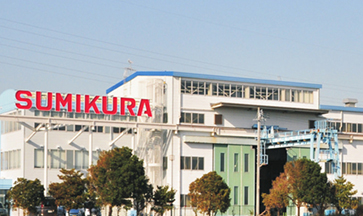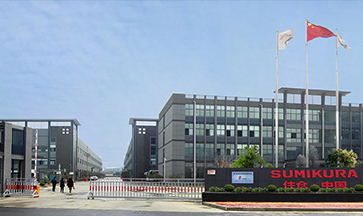In the ever-evolving world of metal fabrication, precision and efficiency remain the cornerstones of competitive advantage. As manufacturers seek to streamline operations and cut costs, two key technologies—Cut-to-Length (CTL) lines and Blanking lines—continue to shape the future of coil processing. Understanding their unique capabilities is essential for companies navigating today’s fast-paced manufacturing landscape.
A Cut-to-Length (CTL) coil line is far more than a series of mechanical components—it is a seamless integration of uncoiling, straightening, flattening, and precise shearing. This process transforms metal coils into sheet metal of exact required lengths, delivering superior flatness and consistency.
Industry innovators such as KORE Machinery have elevated the CTL coil line into a model of precision and innovation. By incorporating benchmark feeds, straighteners, reels, and proprietary shearing and stacking solutions, KORE’s CTL systems enable manufacturers to take control of their sheet production. Companies can efficiently regulate inventory, eliminate the added costs of outsourced blank processing, and pivot quickly to meet fluctuating market demands.
While CTL lines focus on sheet production, Blanking lines specialize in creating “blanks”—flat, precision-cut metal pieces engineered to feed directly into subsequent manufacturing stages without additional shearing. The process begins with coil unwinding and straightening, followed by high-precision shearing to produce blanks in exact dimensions and tolerances.
This self-contained approach gives manufacturers greater oversight of production flow, ensuring just-in-time delivery of the precise size and volume of blanks needed. From automotive components to appliance panels, the adaptability of blanking lines supports both niche production and high-volume industrial output.
While both systems share core elements of coil handling and cutting, the distinction lies in their output and measuring technology. A sheet is a standard-sized metal piece, typically requiring further cutting or shaping before use. A blank, by contrast, is a finished component cut to final specifications and ready for immediate integration into downstream operations.
Blanking lines often feature advanced feed systems and optional tools such as edge trimmers or in-line slitters, giving them the ability to produce both sheets and close-tolerance blanks with remarkable precision.
For OEMs, stamping facilities, and fabricators, choosing between a CTL line and a blanking line comes down to production goals. Companies focused on high-volume sheet output may benefit from the strategic flexibility of a CTL system, while those seeking finished, ready-to-use blanks may find greater value in a dedicated blanking line.
Regardless of the choice, the message is clear: integrating advanced coil processing technology is no longer optional—it is a competitive necessity. With market demands shifting faster than ever, manufacturers equipped with modern CTL or blanking lines can maintain tighter production schedules, reduce reliance on outside suppliers, and achieve a stronger position in the global metals market.

Your cutting line specialists!
 Factory in Japan
Factory in Japan
ADDRESS
487-3, Sanshincho, Chuoku, Hamamatsu, Shizuoka, Japan
 Japan local market : +81 53-425-5331
Japan local market : +81 53-425-5331
 Factory in China
Factory in China
ADDRESS
265 Yixian Road, Deqing, Zhejiang, China
 Overseas market : +86 572-883-2016
Overseas market : +86 572-883-2016